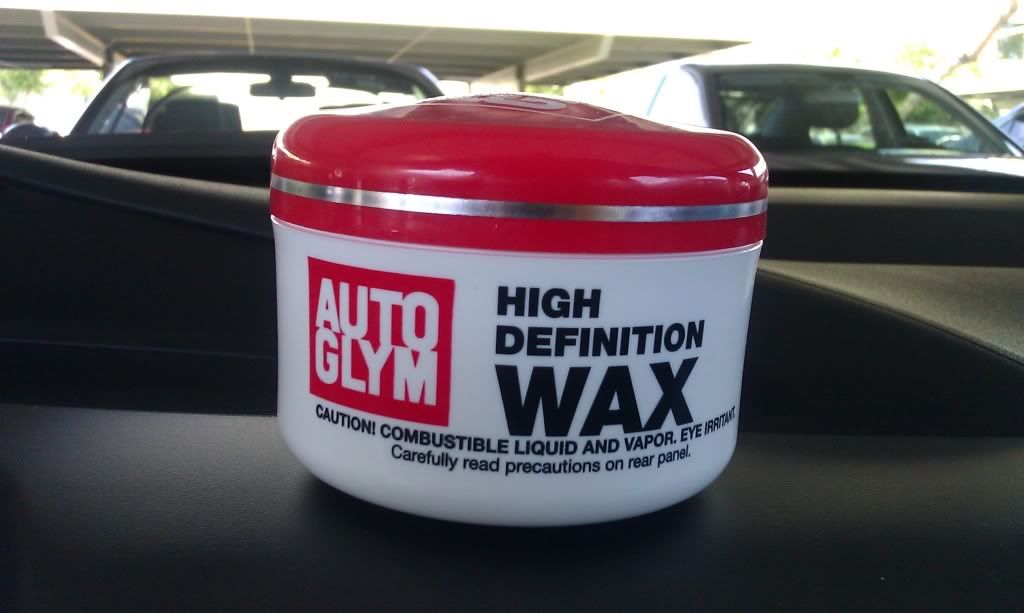Actually it sounds more like an "old school" body shop detailing method. Funny thing - although not step by step, elements of this process is how I learned how to detail cars "professionally". My background in this hobby is probably different that most of yours.

The "wringing out the oils" in the #7 is odd; I don't think that technique will separate the oils from the other ingredients in #7. But the technique will fully saturate the towels and that makes the glazing process easier and a bit more consistent.
The wax and grease remover and the toulene are fairly common products at body shops. I use Prepsol and similar products from time to time. These are basically naptha and mineral spirits. Toulene isn't much different IIRC. And it <em class='bbc'>will[/i] remove surface contaminents. Claying is an abrasive process and some paint guys think this is an unnecessary step. Don't forget that body clay first was used in paint shops to remove overspray; some painters would rather use a chemical to remove overspray than use an abrasive. Two methods achieving the same result.
The Armor All thing means nothing, really. Who knows what products he has access to.
Black and Decker polishers have been the staple of paint and body shops for many years. Nothing new there. I first used one over 20 years ago.
Yeah, his methods are different than ours but you've got to admit our products and techniques are a small minority as well - how many non-Autopians do you know use Klasse or Zaino or Pinnacle? How many people do you know publicly fret over which tire dressing to use? Who worries about whether Vinylex is too glossy for their interiors?
It's all about perspective, my friends.




